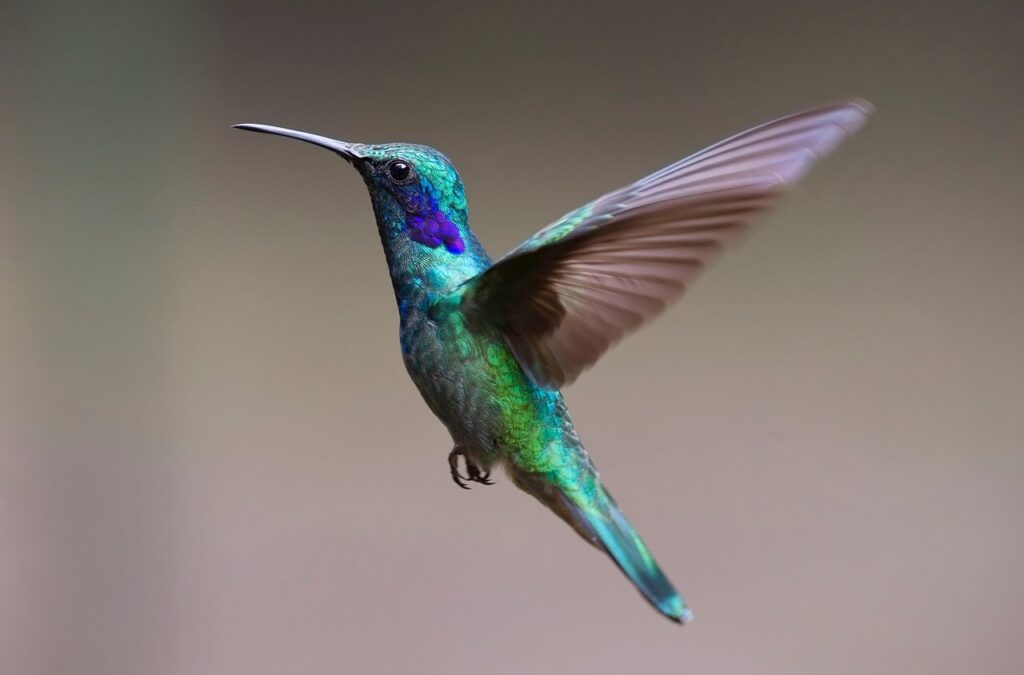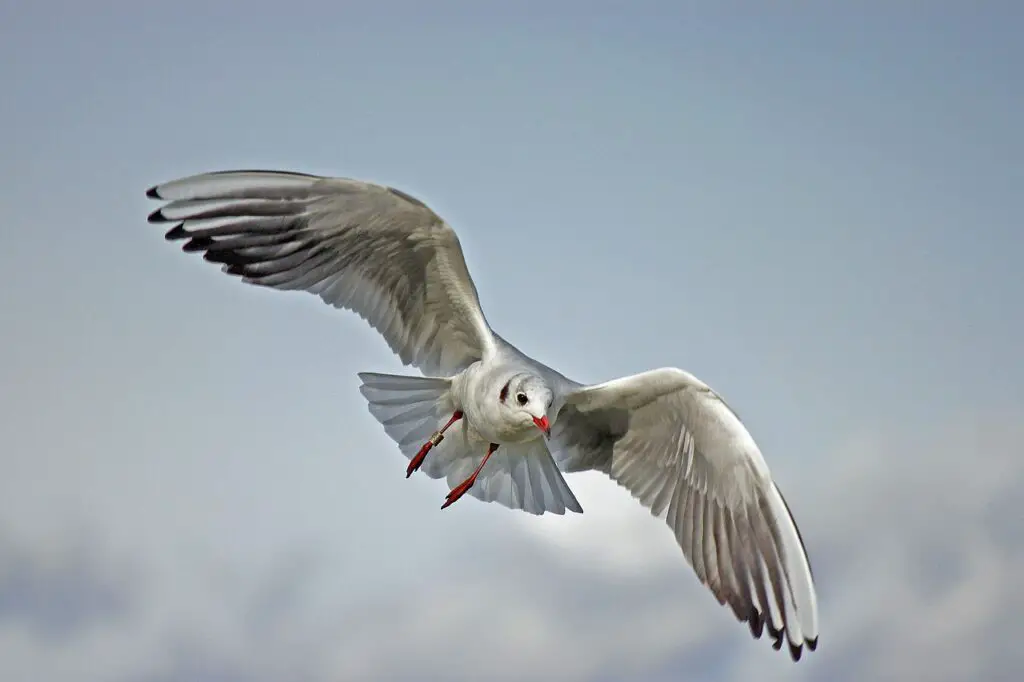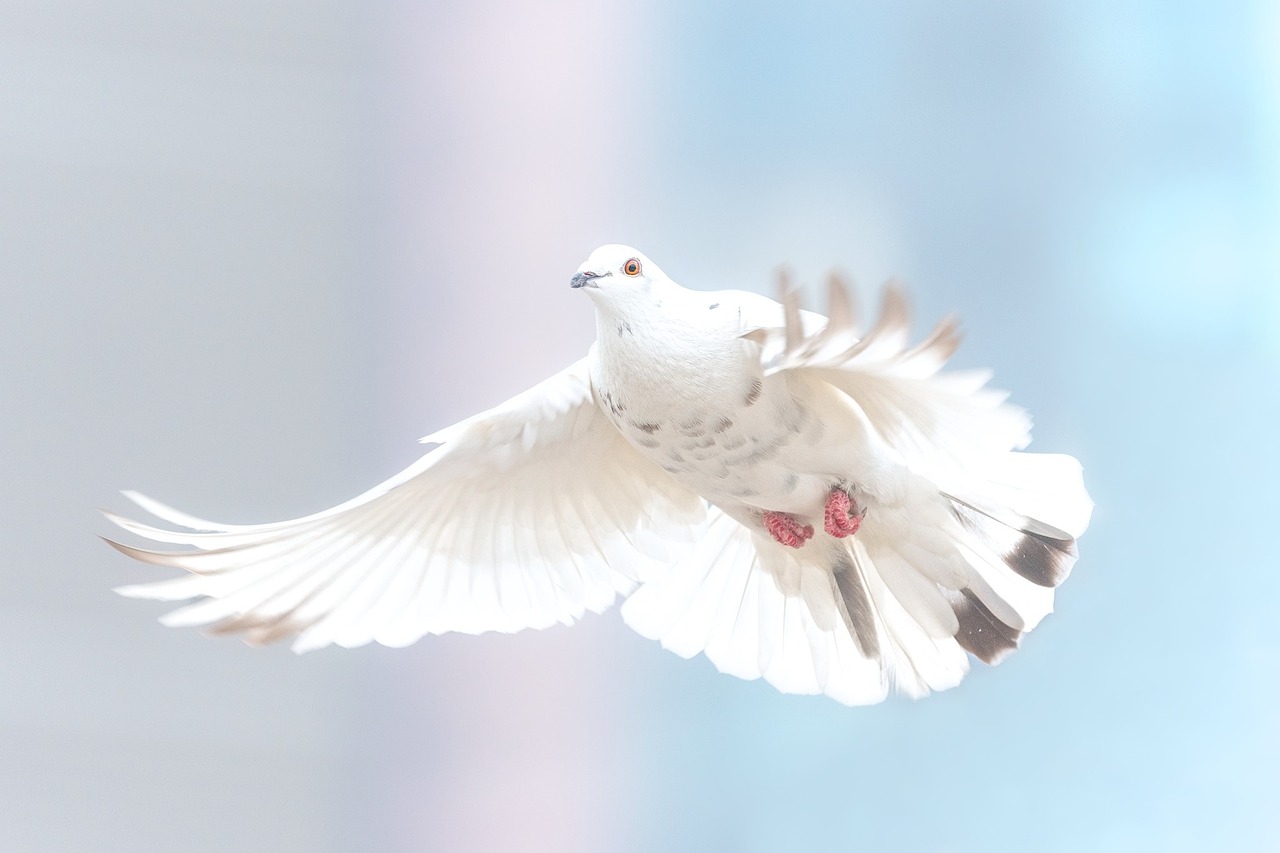The ability of birds to soar through the air is a mystery that has long captivated and intrigued humans. For centuries, people have studied bird flight to understand how such small creatures can remain airborne for extended periods.
Birds have evolved into highly efficient aerial creatures capable of migrating across vast distances with minimal energy consumption and navigating complex environments with precision maneuvers. They use lift, a complex wing design, tail feathers, and a flapping wing motion combined with the correct air pressure.
Aerodynamics plays a major role in enabling birds to stay aloft while traveling short and long distances. However, wings alone do not explain this capability completely. Understanding how lift is generated requires examining additional aspects, including body shape, wing structure, body mass, and airspeed velocity, as well as other factors which may contribute to sustaining flight.
This article will explore the various theories concerning the aerodynamic principles used by birds to fly and analyze their effectiveness.

Anatomy Of Bird Wings
The mechanics of bird flight are complex and fascinating. The anatomy of a bird’s wings plays an important role in its ability to fly, as they lift off from the ground and remain airborne. For birds to gain altitude, they must generate enough lift using their wings.
Two primary components comprise a bird’s wing: the skeletal structure and feathers. The bones within a wing provide support while also allowing flexibility so that they can move during flight. Feathers on top of the wings provide additional support by creating air resistance which aids with lift production when flapping at high speeds. These feathers also allow birds to maneuver quickly and gracefully without experiencing too much turbulence or drag from wind currents.
Specialized muscles near each shoulder joint are responsible for generating power during flight. These muscles tighten rapidly when contracting their wings together in a downstroke motion and help create thrust needed for takeoff or soaring through difficult terrains such as mountains or forests.
By understanding how these various parts interact, we gain insight into why flying is possible and efficient for many species of birds.
By studying the anatomy of bird wings, researchers have been able to understand better how birds use energy efficiently while flying and develop technologies based on these principles that have revolutionized the aviation industry.
Flight Mechanics
Flight mechanics is an important factor in bird flight. It involves the interplay between lift and drag forces generated by a bird’s wings during flapping motions. A cross-sectional area at the wingtip creates air pressure differences as it moves through the air, resulting in lift; this lift force supports a bird’s weight and allows them to fly. At the same time, friction and other factors create opposing drag forces which must be overcome for birds to stay aloft.
To understand how these different forces affect flight performance, scientists have studied various aspects of avian aerodynamics, such as angle of attack (the tilt of a wing relative to oncoming airflow), aspect ratio (the ratio of wingspan to chord length), camber (the curved shape of a wing) and flapping motion patterns. By analyzing data from these studies, researchers can better understand how certain morphological traits or behaviors influence lift and drag production.
For example, many species use rapid flapping followed by gliding instead of continuous flapping when cruising over long distances; this reduces energy expenditure while maintaining adequate amounts of lift throughout their journey.
Such findings help us understand the evolutionary pressures that shaped modern-day avian anatomy and behavior. They also provide valuable resources for engineering applications such as designing more efficient aircraft or even bioinspired robots with aerial capabilities.
Avian flight mechanics thus offers immense potential for further research, providing opportunities to explore physical principles and evolutionary processes involved in developing complex biological systems like birds’ wings.
Lift And Drag Forces
The lift and drag forces are integral to a bird’s ability to fly. Lift is the force that pushes or lifts an object upward, while drag is the opposite – it works against lift and pulls the object downward. Both of these forces must be in balance for flight to occur. The aerodynamic shape of a bird’s body helps create sufficient lift by allowing air to flow over its wings more efficiently than other shapes would allow.
For a wing to generate enough lift, the angle at which it meets the oncoming wind must be adjusted. This adjustment can vary depending on the desired speed and direction of travel and environmental conditions such as wind strength and temperature. When birds flap their wings, they are effectively adjusting this angle so that there is greater lift than drag, enabling them to stay aloft longer.
How exactly do birds maintain altitude? By constantly changing their wings’ angles relative to airflow, they can adjust how much lift versus drag they experience during each stroke of their wings. If birds want to increase their elevation, they will extend their wings outward to a wider angle, but if they want to descend, they will move their wings closer together into a narrower angle.
With practice and mastery of these principles, birds can remain airborne almost indefinitely using only small adjustments in how their wings interact with air currents around them.
Flapping
Flapping their wings is a key factor in how birds fly. Through the up-and-down motion of their wings, birds generate an aerodynamic force that propels them forward through the air. This process requires a combination of physical strength and skillful manipulation of their wing feathers to create lift and thrust forces. The lift generated by flapping helps counteract gravity, allowing birds to maintain flight for extended periods without expending too much energy.
To understand how this works, it’s important to know about bird physiology. Birds can flap their wings due to their specialized skeletal structure, including hollow bones filled with air sacs and strong muscles connected directly to the shoulder joint.
As they move their wings downward against the air, they produce an upward pressure known as thrust, which moves them forward in the direction they desire. At the same time, Bernoulli’s principle states that when a fluid such as air passes over a curved surface like a bird’s feathery wing, its speed increases while its pressure decreases, creating an area of low pressure above the wing where lift is created.
The combined effect of these two forces allows birds to remain airborne for long distances or even hover in mid-air, depending on what type of species is involved. In addition, different species have adapted ways to use wind currents and thermal drafts to stay aloft with minimal effort. Altogether, these various physiological adaptations allow most avian species to take advantage of aerodynamic principles to fly effectively.
Do you know how birds protect themselves? Find out here
Tail Feathers
Tail feathers are an important part of a bird’s ability to fly. These specialized structures have evolved and come in various shapes, sizes, and orientations depending on the bird species. They are used for stability during flight, providing lift, generating thrust, and creating drag.
The tail feathers can be broadly divided into rectrices (the long central feathers) and coverts (the small feathers that overlap them). Rectrices provide directional control, acting like rudders to guide birds while flying. Coverts help with aerodynamic performance by providing additional lift when flapping their wings. The shape of these features also influences air resistance which helps stabilize the bird’s body position during flight.
In addition to helping control direction throughout the sky, some birds may use their tail feathers differently depending on the maneuvering or speed required. For example, if a swift needs extra power when changing its course quickly, it will fan out its tail feathers to increase acceleration. On the other hand, when swifts want to slow down, they narrow their tails so that more drag is created, reducing speed until they reach the desired velocity again.
Overall, tail feathers play an essential role in allowing birds to soar through the air gracefully with precise control and agility. Knowing how each type of feather contributes to this process gives us greater insight into how birds can take off from land or water and remain airborne for extended periods without much effort expended.
Air Pressure
Air pressure, or the atmospheric pressure of the environment around a bird, helps lift and support it in flight. This is because when an object moves through the atmosphere, it pushes air away from itself as it passes by. Since this air has mass, a force must be pushing back on the object for its motion to continue.
This counteracting force is called air pressure. The greater the speed at which a bird flies, the higher air pressures develop beneath its wings and tail feathers, thus providing more lift than would normally be produced due to gravity alone.
Air pressure also serves another purpose for flying birds: enabling them to turn quickly and maneuver with great agility in the sky. As a bird changes direction while moving through the air, different amounts of air will build up under each wing depending upon their respective relative angles. When these differences occur, they cause an imbalance between left-side and right-side lift forces, allowing birds to make quick course corrections during flight without flapping their wings excessively or losing momentum.
In addition, differences in air pressure can help reduce drag experienced by birds when gliding or soaring over long distances. By adjusting their wings’ position and angle slightly every few seconds or minutes – known as “flapping” – birds can move along wave-like currents of updrafts created by uneven heating of ground surfaces below them (thermals).
In doing so, they effectively minimize energy losses incurred due to wind resistance while simultaneously maximizing their range and endurance capabilities far beyond what could ever be achieved if they were forced to rely solely on flapping movements for sustained periods.
Combining all five factors discussed previously (lift generation via Bernoulli’s principle/wing design/tail feathers/flapping motions/air pressure), birds have evolved into highly efficient aerial creatures capable of migrating across vast distances with minimal energy consumption and navigating complex environments with precision maneuvers.
Can birds fly underwater? You may be surprised.

Wind Conditions
Wind conditions are an important factor in bird flight. There is a need for smooth, consistent gusts of air to help the wings generate lift and push them forward. Wind direction can also play a role in determining how well birds fly, as it will affect their speed and trajectory. In strong winds, some species of birds may struggle to maintain control due to their smaller size and light weight.
The body shape of different types of birds affects how they interact with wind currents during flight. Longer-winged species, such as swans or cranes, require less effort to remain airborne due to the larger surface area interacting with the airflow. On the other hand, more compact-bodied birds, such as pigeons, have shorter wings and must flap harder against the wind to stay aloft.
It has been observed that migrating birds tend to take advantage of prevailing winds, which assist in pushing them along their journey while conserving energy by reducing the flapping power needed for sustained flight. The ability of birds to navigate using visual cues from landmarks on land and oceanic features combined with an orientation towards winds allows them to travel large distances efficiently over time.
Gliding
The process of gliding is an efficient means for birds to travel long distances with relatively little energy expenditure. Gliding occurs when a bird uses the air currents and thermals to remain airborne without flapping their wings.
Birds use two main techniques while gliding, dynamic soaring and slope soaring. Dynamic soaring involves taking advantage of the structure of turbulent wind layers, whereas slope soaring utilizes rising warm air over hillsides or ridgelines to gain altitude.
Gliding can be used as both a method of propulsion and a way to reduce energy costs associated with flight. Using thermal updrafts, some species can stay aloft for hours without needing additional power from flapping their wings. This ability allows them to cover greater distances than they could by relying solely on powered flight alone and also minimizes the amount of energy required for the journey.
Gliding gives birds access to better wind conditions, allowing them to reach higher speeds or fly farther distances than possible through traditional powered flight methods alone.

